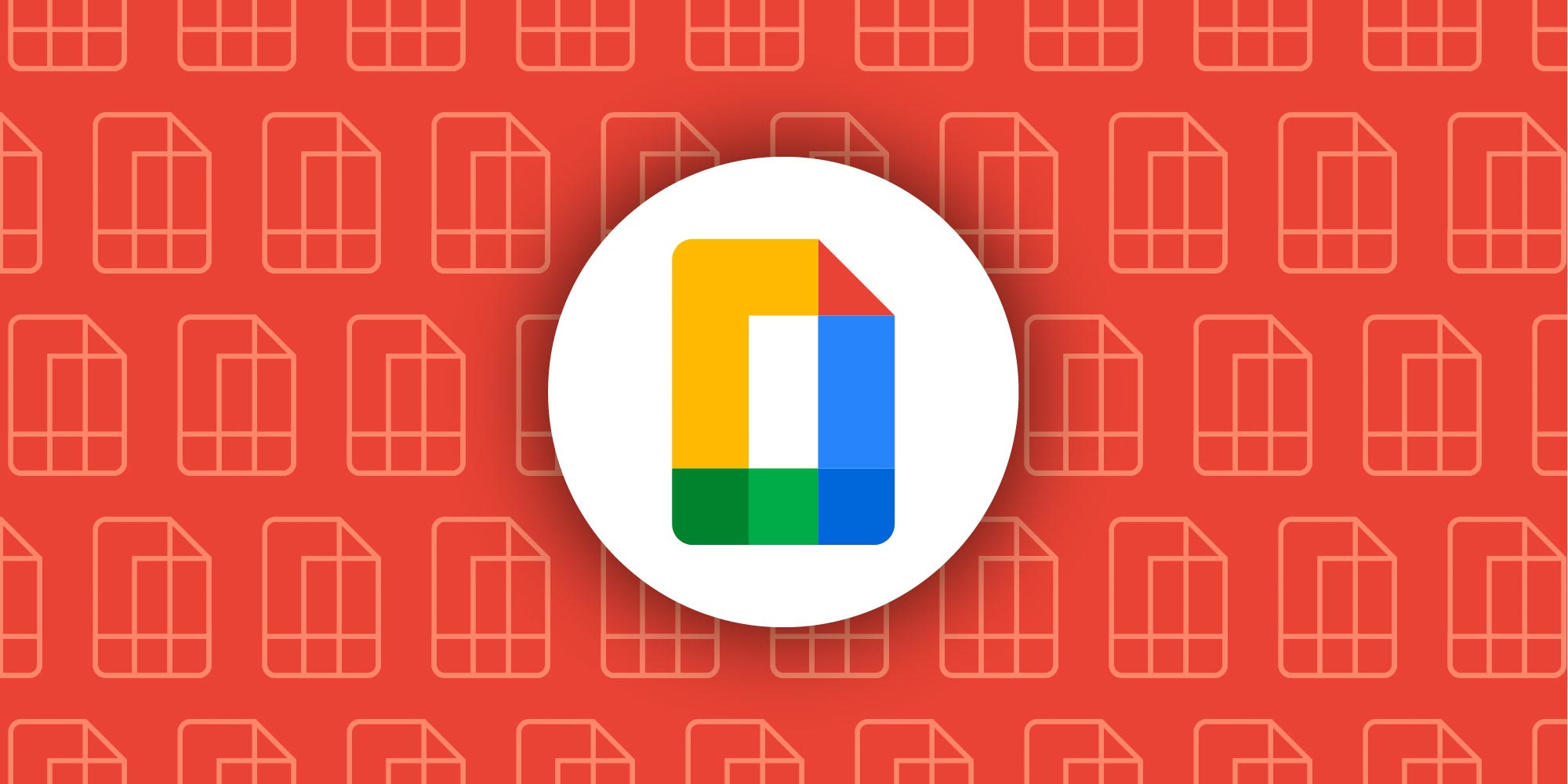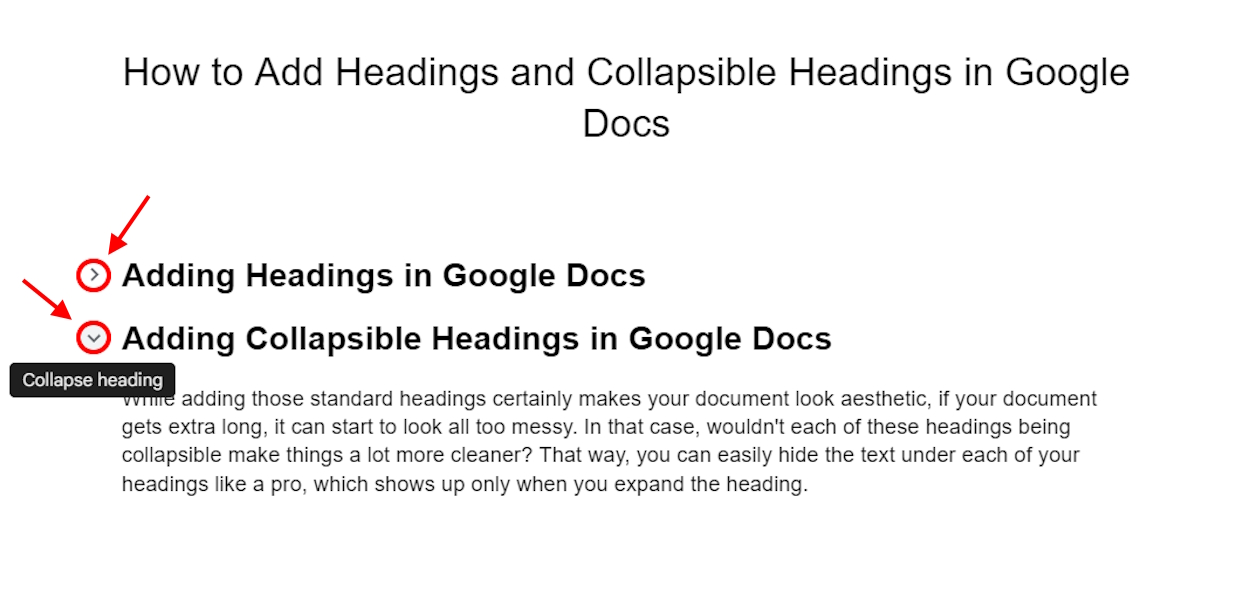
How to Use Collapsible Headings in Google Docs 2025?
Collapsible headings in Google Docs make not as it were composing a small simpler but processing and understanding records less troublesome as well. Making a heading that collapses is essentially easy, and shouldn’t include anything to your Google Docs workload.
Google Docs is a powerful cloud-based word processor that offers a wide range of features to enhance productivity and collaboration. One of the most useful but often underutilized features is collapsible headings.
This tool allows users to hide or show sections of content, making it easier to navigate long documents and focus on specific parts. Whether you're working on a business report, academic paper, or project plan, collapsible headings can significantly improve your workflow. In this guide, we’ll explore how to use collapsible headings in Google Docs, from enabling the feature to applying it in real-world scenarios.
What Are Collapsible Headings?

Years back, Google Docs kept up its center on getting to be a word-processing apparatus that seem handle a huge number of diverse sorts of ventures. For the most part, those ventures were constrained by the innovation we had accessible at the time and stuck to common equations. Presently, those equations have changed and Docs is adaptable sufficient to take on more complex and widely-shared projects.
Read Also: Google App Keeps Crashing: Step-By-Step Guide
One empowering highlight is collapsible headings, which are fair headings with substance that can be withdrawn and covered up with the tap of a button. Whereas the concept isn’t unused and constrained to Google Workspace, it fits right into the cloud-based program.
Collapsible headings cruel that a huge sum of substance can be composed, taking up a few pages worth of a Docs record, and have small result since it can basically be contracted up and covered up beneath a dropdown bolt.
For clients who like to keep things simple to process, collapsible headings work to minimize archive commotion and direct center on subjects or maybe than filler, making finding subtle elements and particular data much easier.
The other advantage is an easier-to-digest archive for those perusing your work. Other clients have get to to collapsible headings and can extend or condense substance based on their perusing needs. How to add table of contents in Google Docs mobile
How to Make Collapsible Headings?
In a unused overhaul to Google Docs, collapsible headings were made accessible with no included exertion required. After making a heading, Docs will consequently embed a dropdown bolt another to it when hovering.
- In Docs, select your arrange – Heading 1, Heading 2, or Heading 3.
- Add substance underneath it with the Ordinary content formatting.
- Once wrapped up, drift over your heading and press the dropdown bolt.
Why Use Collapsible Headings?

Here are a few key benefits:
Improved Navigation: Allows you to jump to relevant sections quickly.
Better Organization: Helps you structure documents in a logical hierarchy.
Cleaner Interface: Reduces on-screen clutter by hiding less relevant or completed sections.
Enhanced Focus: Helps you concentrate on one section at a time without distractions.
Tips for Using Collapsible Headings Effectively
1. Plan Your Document Structure: Before applying headings, outline your document’s structure. Decide which sections deserve top-level (Heading 1), subsections (Heading 2), and detailed subpoints. How to add table of contents in Google Docs mobile?
2. Use Headings Consistently: Avoid mixing styles (e.g., bold + large font) and instead rely on proper heading levels. This ensures a predictable, clean structure that works with the collapsible feature.
3. Use the Outline Pane: Always keep the outline pane open while working with long documents. It serves as both a navigation tool and a structure checker.
4. Combine with Bookmarks and Hyperlinks: For even better navigation, use bookmarks and internal links in combination with collapsible headings. This is especially helpful in instructional documents or knowledge bases.
Real-World Use Cases
1. Academic Writing: If you're writing a thesis or research paper, collapsible headings allow you to easily manage chapters, literature reviews, methodologies, and appendices. You can focus on one section at a time without being distracted by the rest of the content.
2. Project Documentation
For teams working on software, marketing, or design projects, collapsible headings make technical documentation and meeting notes more digestible. Team members can collapse completed sections and focus on current tasks.
3. Corporate Reports: Annual reports, market analysis, or policy manuals can be organized neatly with collapsible headings. This improves readability for stakeholders and executives.
4. Educational Material: Teachers can organize lesson plans, syllabus breakdowns, or instructional guides. Students can collapse sections they’ve completed and expand ones they need to review. What you need to know about the How to add table of contents in Google Docs mobile?
Limitations and Considerations
While the feature is highly useful, here are some caveats:
Mobile limitations: Collapsible headings work best on desktop. Mobile versions of Google Docs may not support collapsing or show the arrows clearly.
Printing: When printing or exporting to PDF, all content will appear expanded, regardless of the collapsed state in editing view.
Third-party formats: If you export your document to Microsoft Word or another format, collapsible functionality may not carry over.


